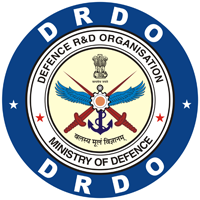Sensors for Desert Surveillance
DOI:
https://doi.org/10.14429/dsj.55.2012Keywords:
Thermal imaging, passive night vision sensors, image intensifiers, ICCD, infrared sensors, multisensor data fusion, multispectral imaging, hyperspectral imaging, synthetic aperture radar, automatic target recognition, atmospheric turbulence, optical miragAbstract
Various types of sensors-visible, passive night vision, infrared, synthetic aperture radar, etc can be used for desert surveillance. The surveillance capability of these sensors depends to a large extent, on various atmospheric effects, viz., absorption, scattering, aerosol, turbulence, and optical mirage. In this paper, effects of various atmospheric phenomena on the transmission of signals, merits and demerits of different means of surveillance under desert environmental conditions are discussed. Advanced surveillance techniques, ie, multisensor fusion, multi and hyperspectral imaging, having special significance for desert surveillance, have also been discussed.Downloads
Published
2005-10-01
How to Cite
Chauhan, B. S., David, E., & Datta, P. K. (2005). Sensors for Desert Surveillance. Defence Science Journal, 55(4), 493–503. https://doi.org/10.14429/dsj.55.2012
Issue
Section
Electronics & Communication Systems
License
 Where otherwise noted, the Articles on this site are licensed under Creative Commons License: CC Attribution-Noncommercial-No Derivative Works 2.5 India
Where otherwise noted, the Articles on this site are licensed under Creative Commons License: CC Attribution-Noncommercial-No Derivative Works 2.5 India

